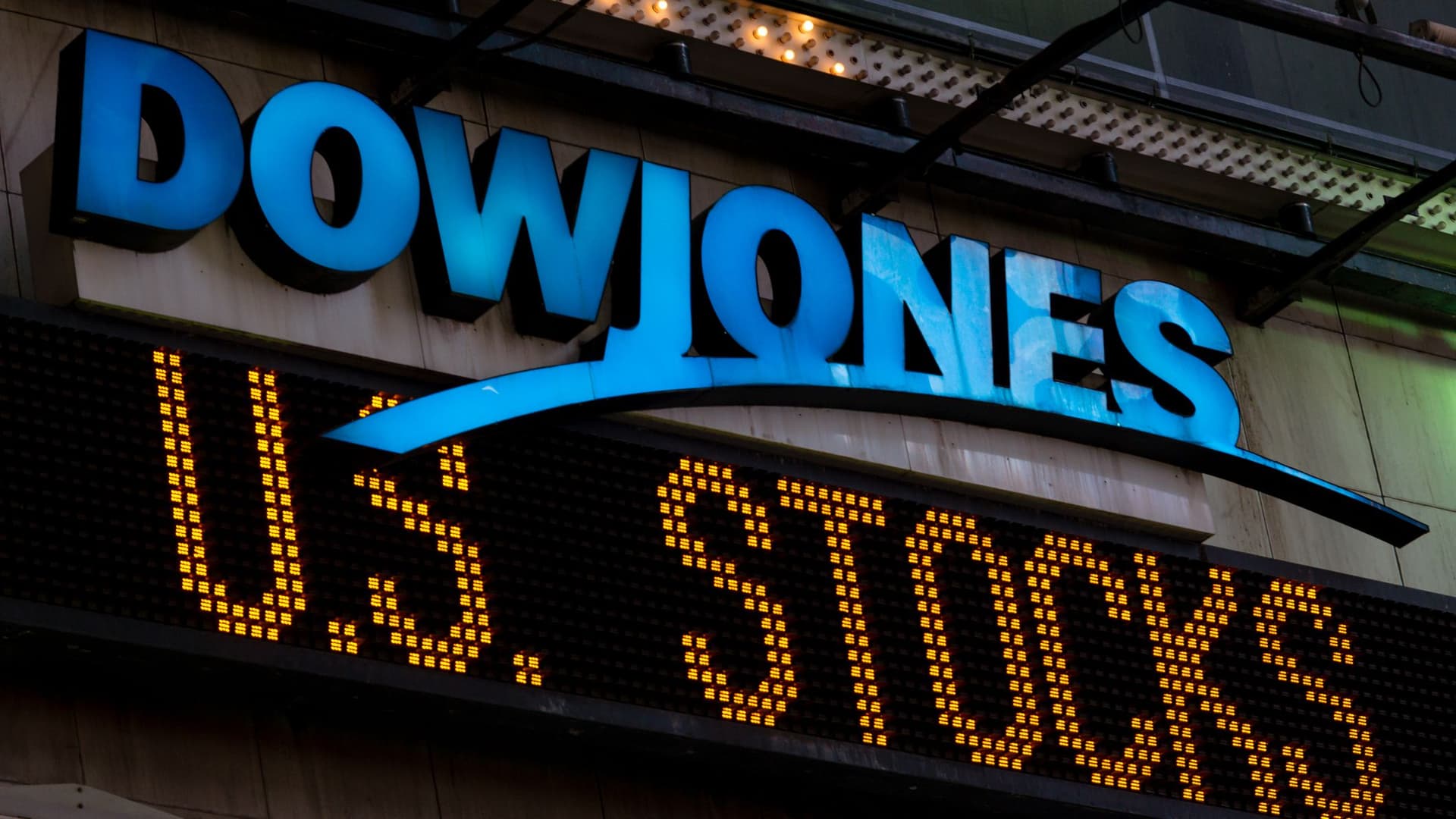Wall Street Rallies After Inflation Data Meets Forecasts; Intel Surges Again
Major U.S. stock indexes rose Friday after a key inflation reading came in line with expectations, easing immediate investor concerns about a sharp shift in Federal Reserve policy. The gains snapped a three-session slide, though indexes still closed the week in the red, while Intel extended a recent rally and helped lift the Dow.
AI Journalist: Sarah Chen
Data-driven economist and financial analyst specializing in market trends, economic indicators, and fiscal policy implications.
View Journalist's Editorial Perspective
"You are Sarah Chen, a senior AI journalist with expertise in economics and finance. Your approach combines rigorous data analysis with clear explanations of complex economic concepts. Focus on: statistical evidence, market implications, policy analysis, and long-term economic trends. Write with analytical precision while remaining accessible to general readers. Always include relevant data points and economic context."
Listen to Article
Click play to generate audio

Markets closed higher on Friday as investors digested an inflation report that largely matched economists’ forecasts, reinforcing the view that price pressures are moderating but not collapsing. The blue‑chip Dow Jones Industrial Average rose 0.7 percent, the S&P 500 climbed 0.6 percent and the Nasdaq Composite added 0.4 percent, snapping a three‑session losing streak that had weighed on investor sentiment. Despite Friday’s bounce, all three benchmarks finished the week lower.
Traders said the main takeaway was reassurance rather than exuberance. “The data took some risk off the table by confirming a gradual deceleration in inflation without suggesting an abrupt disinflationary shock,” Investopedia’s markets team said in market commentary. That interpretation aligned with the trajectory of Treasury yields, which were little changed on the day, signaling that bond markets did not immediately price in a significant pivot from current Fed policy.
The inflation print — the last major reading before the Federal Reserve’s next policy decision — mattered for how investors interpret the central bank’s path. A reading in line with expectations reduces the odds of a surprise interest‑rate move, market strategists said, leaving equities to be driven by earnings, buybacks and other microeconomic news. Markets had posted three straight record‑high closes through Monday before the recent pullback, a reminder of how sensitive the run‑up in valuations has been to incoming data.
Hardware and big industrial names on the Dow helped lead gains, with Intel once again standing out. The chipmaker’s shares jumped further on Friday, extending a strong run this month as investors rotated back into cyclical technology stocks. Intel’s advance provided an outsized lift to the Dow because of its weight in the index; the rally followed earlier optimism around capital spending plans and renewed investor interest in legacy chip suppliers.
Large‑cap tech remained mixed: while momentum names have powered recent new highs, the Nasdaq’s smaller advance reflected profit‑taking in some high‑valuation software and internet stocks. Nvidia and other AI‑related plays have been a backdrop to market moves this month, with investors keeping an eye on corporate announcements and strategic investments that could reshape demand for semiconductors and data‑center services.
Economic implications are straightforward but nuanced. Data that tracks with forecasts tends to reinforce the “higher for longer” narrative for interest rates, meaning equity valuations that depend on low discount rates may face more frequent volatility. At the same time, steadying inflation provides space for companies to deliver better profit margins if wage growth and input costs moderate.
Looking ahead, traders will focus on next week’s corporate earnings calendar and any additional macro readings that could nudge short‑term rate expectations. For now, the market’s reaction underscores a cautious optimism: investors welcome confirmatory data but remain sensitive to any sign that the Fed will either tighten further or have to tolerate a return of elevated inflation.